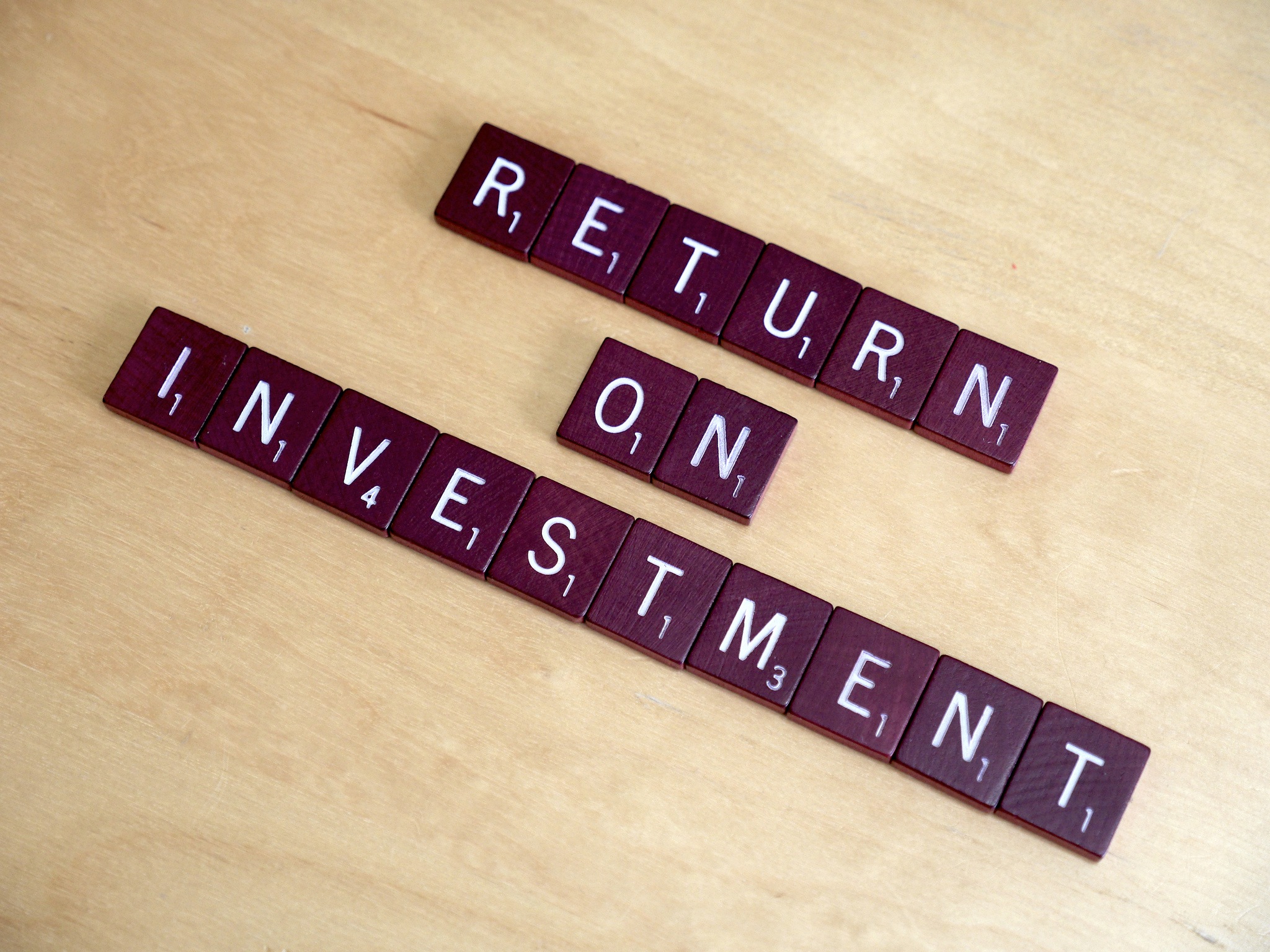Measuring social media ROI has always been a huge topic for a lot of entrepreneurs and marketers. Some argue that no ROI can be measured from social media, because it’s not only about the tool, but the team behind it.
While those are valid points, I still like to think that as marketers, it is crucial to measure the returns – especially given that we’re putting in effort and money to any platform which we have a presence in. This is because if you don’t measure, you could end up in a disaster – just like this man who spent $600,000 on Facebook ads, with zero returns. Can you imagine spending $600,000 with absolutely nothing back? What a painful experience!
But while most of us agree that measuring ROI is important, only 26% of all marketers are currently measuring their social media ROI. This astoundingly shows that most people are still wasting their money on campaigns and strategies that don’t work.
On the flip side, those who successfully measure their ROI from social can easily decide if they should increase their ad spend and effort dedicated to each platform. For example, Pick Your Plum, an online retail store grew 800 times using only social media.
For most traditional companies, there are essentially four ways to measure ROI from social media, especially if you’re spending money running ads or engaging digital influencers.
Before/After Sales
Fusion Cosmetics, a hair care and cosmetic retail company in Asia, had a huge challenge measuring their social media ROI. They knew social was driving a little bit of sales, but was unsure by how much. One simple technique that helped them conclude they saw a 23% increase in sales was the before/after sales technique.
This is measured by first calculating the average number of product sales every month in the stores and tabulating them like this:
| Average Product Sales per month | |
|---|---|
| Product A | 223 |
| Product B | 200 |
| Product C | 189 |
Then, you would run your campaigns on social media and actively drive people to buy the specific products, which you’re measuring. At the end of the month, you would need to calculate if there is at least a 5% increase in the product sales compared to the average month.
This technique works powerfully well if you have a well-planned content strategy that has purposeful posting. If not, you may end up seeing very little difference between your usual averages.
Coupons
ROI can be measured in a variety of ways, but one of the easiest is to exclusively give out coupons. In fact, research has shown before that the #1 reason why most people connect with brands on social media is to gain access to exclusive deals and offers. But the trick is to only reveal a specific coupon codes for each social media platform. In other words, you need to reveal only one exclusive coupon code on your Facebook Page, another one for your Twitter audience, and so on.
However, be wary not to fall into the trap of attracting freeloaders to your social media presence. There is a very fine line between enticing your social media community by giving them coupons and conditioning them to connect with you only for free stuff.
Phone Calls
A lot of people perceive measuring ROI for local businesses is more difficult than for businesses who rely on e-commerce. Not true. In fact, measuring ROI for local businesses can be easier!
There’s so many technologies available to integrate online marketing with traditional offline businesses. Phone tracking services like TollFreeForwarding allows people to call you directly through a specific toll-free number. Given that you may be on multiple social media platforms, you can create multiple toll-free numbers exclusively for each platform in order to quantify phone leads that come in.
Leads
Did you know that only 2% of your web visitors will do something on your site during their first visit? This means that majority (98%) of your web visitors will come to your site and leave it without doing anything. That means 98% of your marketing efforts are wasted all the time!
A powerful way to reduce most of that marketing expense is to start building a list of leads. With your own list, you can market to them over and over again for free. But building a list only works if you have a strong sales funnel and run your social media ad campaigns well. Once you establish a strong sales funnel by providing the right offer, you’d need to have a good sales team that can consistently follow-up with the leads generated. Using this approach, you will see returns coming in from your social media ad campaigns within a very short period of time.
Summary
As the old saying goes, “Half the money I spend on advertising is wasted; the trouble is I don’t know which half.” If you are underestimating the potential of ROI, this could be you. Stop wasting a lot of money on marketing expenses. Instead, track and measure your campaigns properly to turn losing campaigns into highly profitable ones
Featured Photo Credit: Flickr




